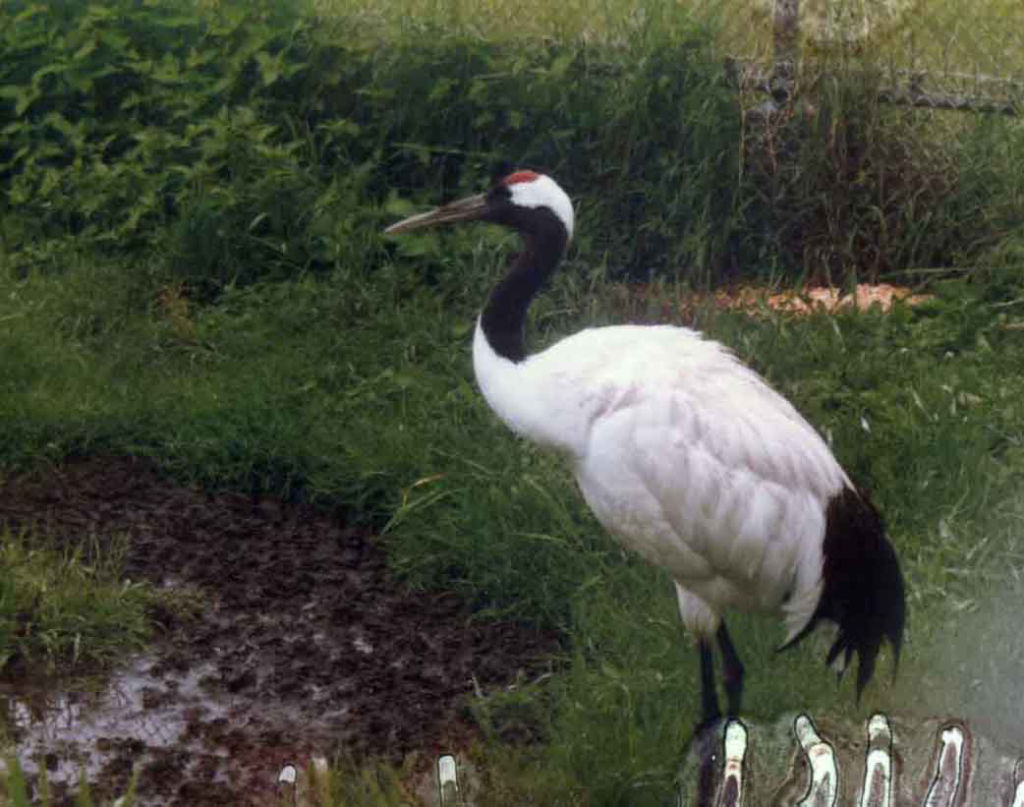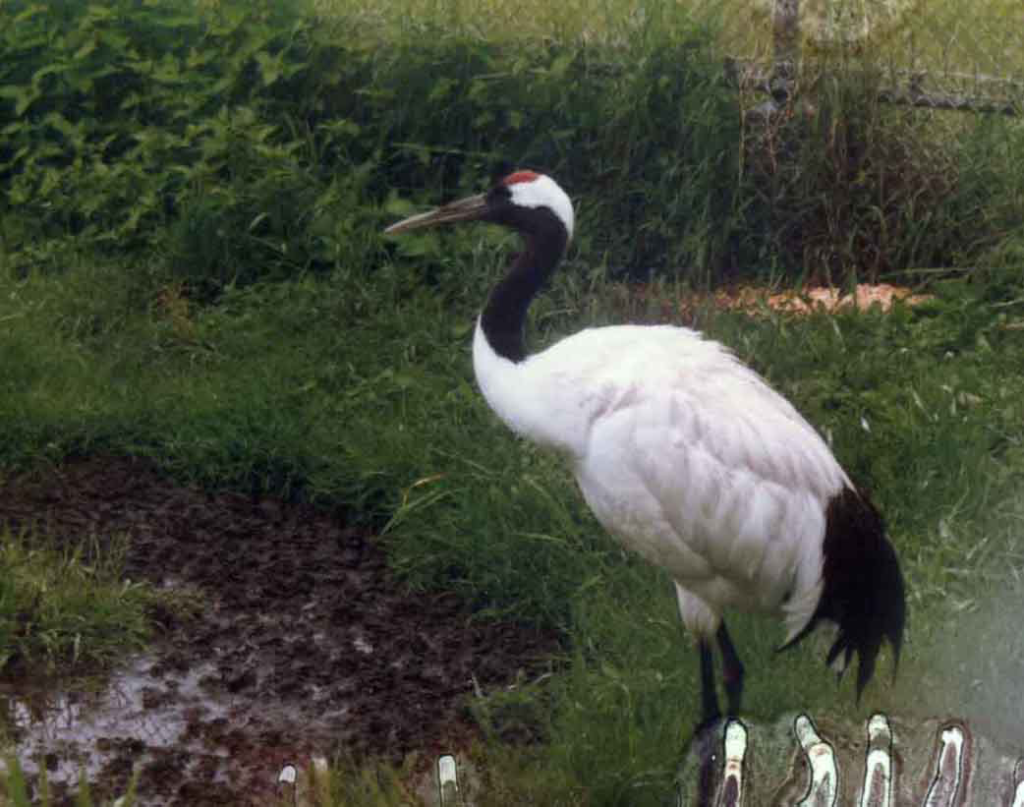Going Solo in Japan 12 -Cranes in Kyushu Last Updated: March 26, 2022
This is another trip that was inspired by the Discovery Channel
The iconic Red-crowned Crane of Hokkaido is a part of Japan’s cultural heritage. As it is part of its natural history attracts visitors from far and wide to visit its breeding and wintering grounds in Kushiro in east Hokkaido. I have been there once but it being a Crane raising and preserving institute we had no permit to go in.



Watching Discovery channel on Television I heard about Cranes in Kyushu. And I was very surprised.
Kyushu is the westernmost island of Japan.
We had several chances to go to Kyushu, I started asking friends about this gathering of birds and nobody knew anything about it. On my persistence and carefully listening to TV I located the area.
Continuing to ask our local friends after 2 visits to Fukuoka we could get information about the location of this place. Mind you, it is a world famous town where Mr. Matanosan a farmer developed a gathering of Cranes in and around his rice farm.
After a lot of effort, we visited this place.
It was not far from Kumamoto, which is famous for its castle. I also found that there is a website that announces the arrival of cranes starting in October and publishes the increasing number. So whenever we were in Kyushu around October we made it a point to visit there.
One doctor friend had located where exactly we should go and informed the local council about our visit. Language being a problem in these small places, a school teacher received us at Izumi railway station. He took us around the town and took us to the crane museum. There was a large replica of the crane in the city centre. Booking for our one-night stay was confirmed at a hotel next to the station. The next morning he took us to Arasaki where Mr. Matanosan’s farm is located. There was one more bird watcher from Amsterdam that day with us. But he left by bus in the afternoon.
We spent the day at his farmhouse and in the evening we went with Matano san in his Jeep when he goes to feed the cranes.
Besides rice, he carried a camera that had a lens as long as an Elephant trunk. Not the camera but a tripod was used to support the lens.
What I am now going to write about is the annual winter gathering of cranes in Kyushu.
Izumi in Kyushu Island is a traditional wintering place for migrating Cranes from as far as Siberia. The artificial feeding by the 76-year-old rice farmer and birdwatcher Matano-san has boosted this. He started this feeding in 62/63. There was a lot of opposition to what he was doing. But being a bird watcher he continued this. And finally, he became so famous as to become president of the society
Arasaki refers to about 1.5 sq km of land reclaimed from the sea by large seawalls at the mouth of the Takano River, near the town of Izumi, halfway between Kumamoto and Kagoshima, on the west coast of Kyushu. It harbors the largest flock of wintering cranes in Asia. In the middle of the western segment is a several-acre area dedicated entirely as a crane reserve. As I mentioned earlier it, Matanosan a farmer started to feed the cranes as his own initiative. This operation grew as other wintering locations became inhospitable to the cranes. It is now subsidized, I believe by the Wild Bird Society of Japan.
Each winter, between 10,000 and 12,000 cranes of four species gather on the coastal reclaimed land of Arasaki village. A variety of cranes arrive here for wintering.
Commonest is
1. White Hooded Cranes are seen in the region numbering 9,000 birds or more each year, representing more than 80% of the world population of this species.
Next is the supremely elegant White-naped Crane. Taller than the Hooded Cranes, the White-naped Crane has multiple shades of grey, along with white and black, represented in its plumage. Most crane species have red somewhere on the forehead or crown, but this delightful crane sports a handsome red face – an adornment that makes this an unusual and striking species.
These are usually somewhere between 1,000 and 3,000 (depending on the month) – it creates a beautiful contrast within the vast flock. About half of the world population of this species spends the winter here.
Two other, far less commonly seen cranes are named Common Crane and the Sandhill Crane. With one hailing from the west, and one from the northeast, these are scarce in Kyushu, together they usually amount to fewer than ten birds in the great flock.
Even rarer visitors in the shape of the tiny, but attractively elegant Demoiselle Crane from the steppes of Asia, and the tall white Siberian Crane, only appear once every few years – they are the icing on the cake for any birdwatcher’s visit.

The great success of this spectacle has led to environmental efforts by the local government, which has recognized the touristic impact. Pictures of the cranes can be found all over Izumi city.
The spectacle that happens daily here, in Izumi-shi, has to be seen to be believed. It yet remains a largely unsung attraction.
The graceful dance of more than 10,000 cranes is worth watching
The farmer Matano-san who started feeding the cranes then became the crane warden, and he and his family run the Minshuku Tsurumitei (which means “Crane observing inn”). None of them speak any English.
On our second visit, we decided to stay at Minshuku Tsurumitei.
But alas when we reached there Matanosan was no more alive.
It was shocking news for us. As the evening wore on we realised that we would not be able to spend the night there. The only heating available was a hearth in the center of the room. And one has to sleep on the floor with feet nearer to heat. The owner lady was so gracious she called a taxi for us, called the same hotel for our stay, and no charges were collected from us.
